Traditional Costume in South America: A Deep Dive into Cultural Heritage and Diversity

Traditional Clothing in South America
South America’s traditional clothing is a vibrant tapestry of cultures, blending indigenous, colonial, and immigrant influences. Each country’s traditional attire tells a unique story, reflecting local customs, social status, and artistic expression. Let’s delve into the rich world of traditional clothing across South America.
Traditional Clothing in Brazil
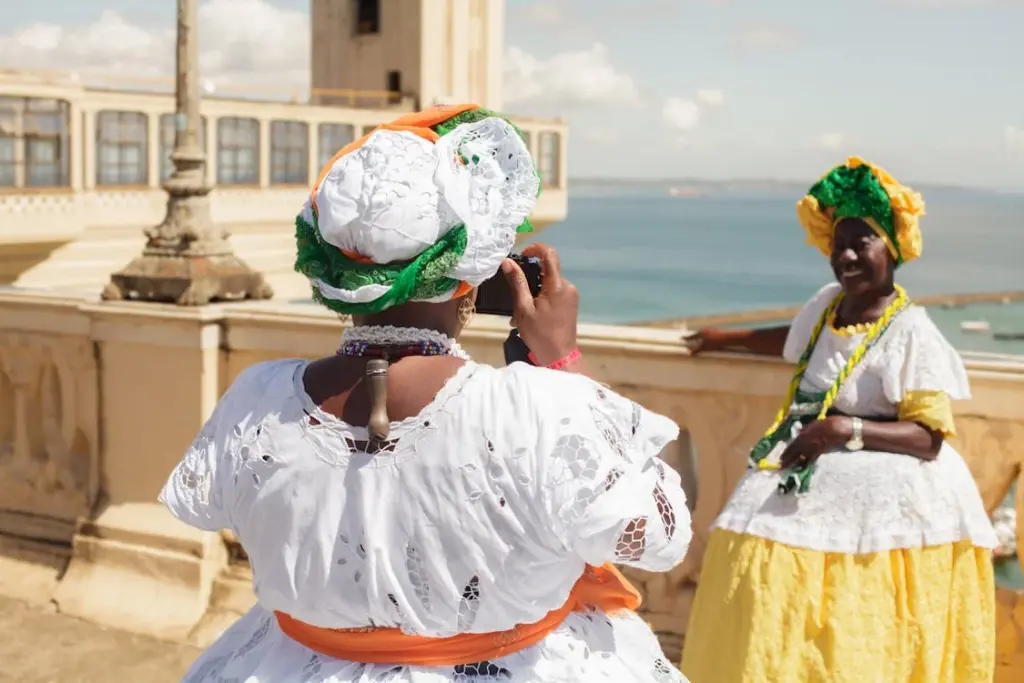
Brazil’s traditional clothing reflects its diverse cultural heritage. The *baiana*, a long white dress with lace details and a colorful headscarf, is worn by women in Bahia, often for cultural festivals like the *Carnival*. The *bumba-meu-boi* costume from Maranhão features colorful patterns and feathers, celebrating African and indigenous influences. The *gaucho* attire, consisting of bombachas (baggy trousers), leather boots, and a wide-brimmed hat, represents the cowboy culture of southern Brazil.
Traditional Clothing in Peru
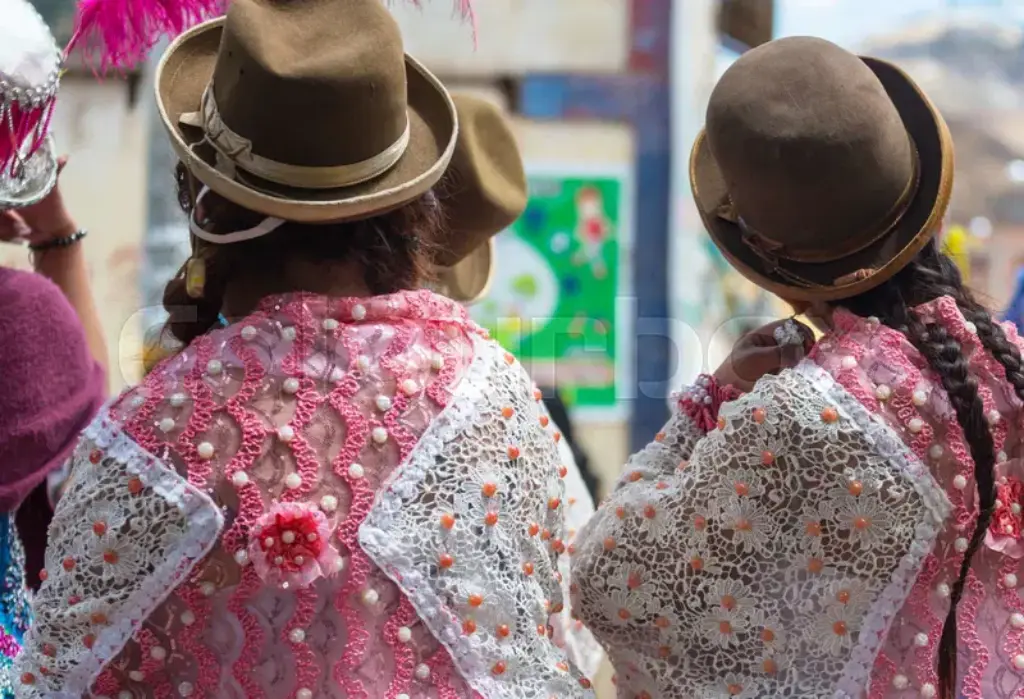
In Peru, the *poncho* is a symbol of Andean heritage, worn over layers of warm clothing due to the country’s varied climate. The *chullo*, a knitted hat with ear flaps, is essential to keep warm in the highlands. The *mantón de manila* is a colorful shawl used by women, often decorated with intricate embroidery.
Traditional Clothing in Argentina

The *gaucho* attire is a staple in Argentina, similar to its Brazilian counterpart but with unique adaptations. The *bombachas* (baggy pants), *chiripá* (a loincloth), and wide-brimmed hats are complemented by *facón* (a large knife) and *bombacha de campo* (cowboy boots). The *poncho* provides warmth in the colder southern regions.
Traditional Clothing in Chile
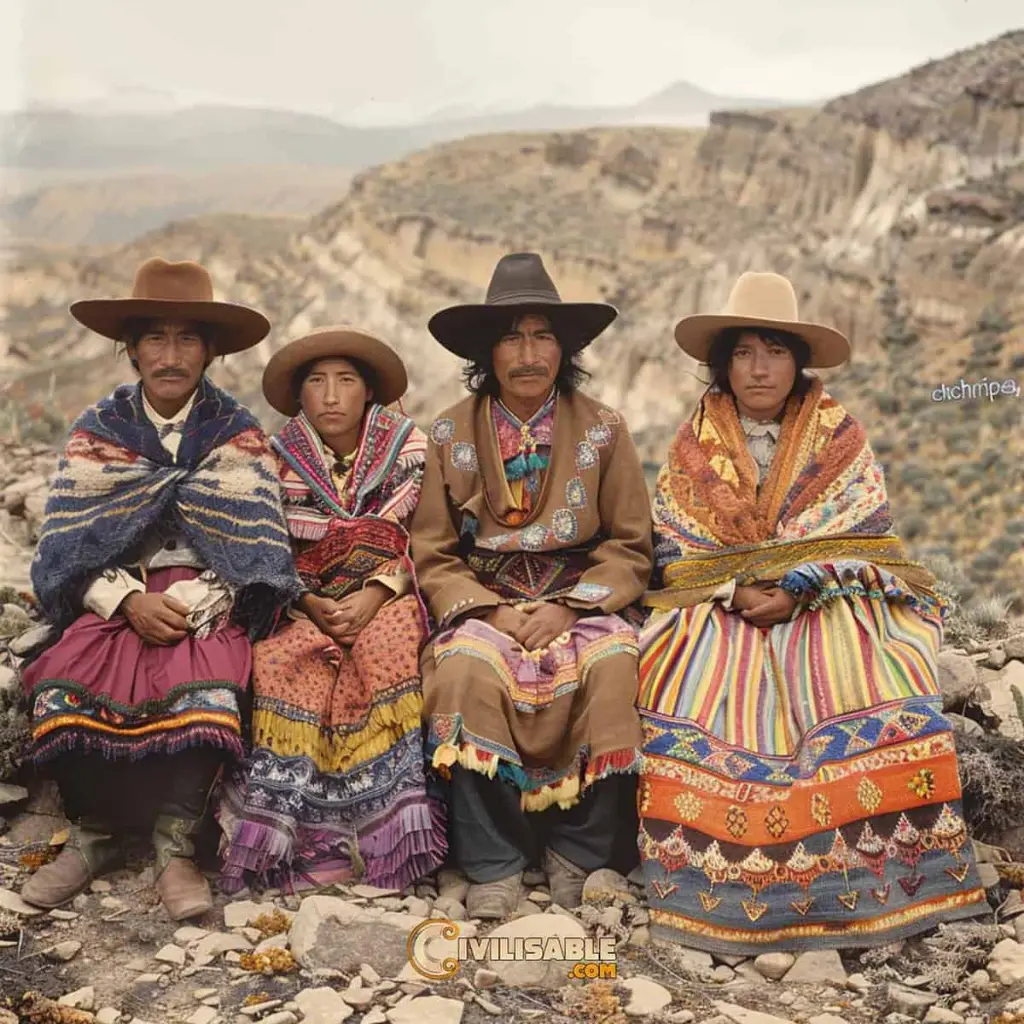
In Chile, the *huaso* attire represents the Chilean cowboy culture. It includes *guayabera* shirts, *perneras* (tightly fitted pants), and a *chamara* (jacket) for men. For women, the *mantilla* is a traditional lace veil worn during festivals and religious events.
Traditional Clothing in Colombia
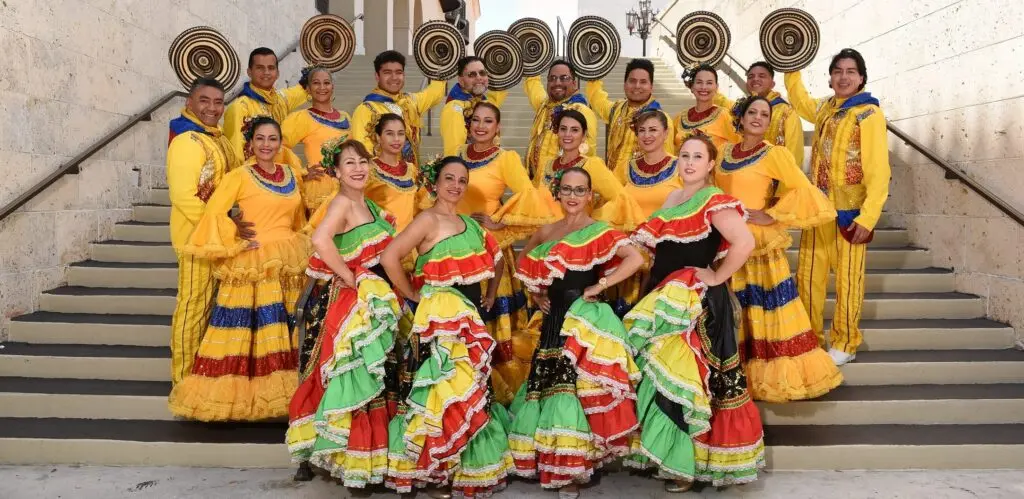
Colombia’s traditional clothing is diverse, with the *pollera* and *mantilla* being popular for women in the Caribbean region, known for their bright colors and embroidery. The *hat vueltiao*, a wide-brimmed hat made of fique fiber, is a symbol of the Colombian countryside. The *manta* poncho is worn in the Andean regions, often made from alpaca wool.
Traditional Clothing in Ecuador
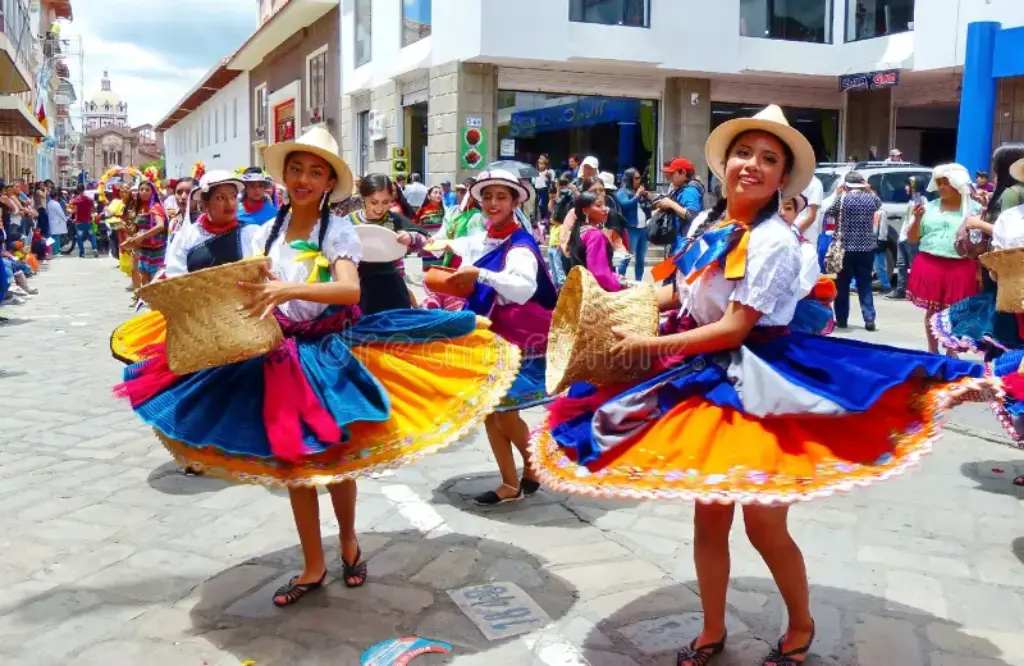
The *sombrero de paja toquilla*, a fine straw hat, is iconic in Ecuador, particularly in the coastal regions. The *guayabera* shirt is worn by men, often paired with *poncho* and *bombachas* in the highlands. Women’s *pollera* skirts are colorful and layered, showcasing the nation’s indigenous and Spanish influences.
Traditional Clothing in Venezuela
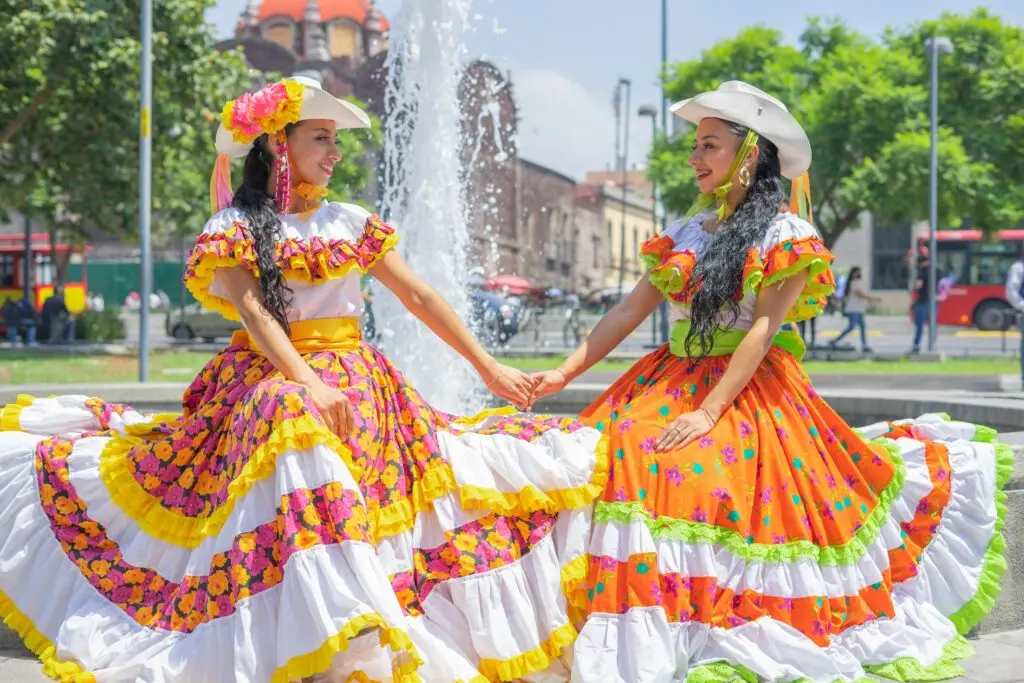
In Venezuela, the *coleo* cowboy attire is essential for rural life, featuring wide-brimmed hats and *ponchos*. The *mana* dress, adorned with floral prints and lace, is traditional for women, often worn in festive celebrations and folk dances.
Traditional Clothing in Bolivia

The *chullo* is a common sight in Bolivia, a traditional knitted hat used in the highlands. The *saya* skirt is a vibrant garment, often made with rich fabrics and colorful embroidery. The *llijlla* is a type of poncho worn by men, symbolizing both cultural identity and practicality.
South America is home to a rich tapestry of cultures, and one of the most visually stunning representations of this diversity is its traditional costumes. These costumes, which vary from country to country and region to region, are far more than just clothing; they are symbols of identity, history, and cultural pride.
In this article, we will explore the intricate designs, significant symbols, and cultural importance of traditional South American costumes, highlighting how they continue to play a vital role in the preservation and celebration of cultural heritage.
The Role of Traditional Costumes in South America
Traditional costumes in South America are deeply connected to the history and customs of indigenous communities as well as colonial influences. These garments often carry significant meanings, representing not just the geographical origin of the wearer but also their social status, traditions, and even their religious beliefs. The creation and wearing of traditional costumes serve as a form of resistance against globalization, helping to maintain cultural heritage in the face of modernity.
In many countries, festivals and celebrations are integral to the preservation of these traditions. Events like the Carnival in Brazil, Inti Raymi in Peru, and Fiesta de la Candelaria in Bolivia are excellent examples of how traditional costumes come to life, reflecting the colorful and diverse cultural history of the region. These events allow the wearer to express their personal and communal identity through intricate designs, bold colors, and symbolic accessories.
The continued use of traditional South American costumes is not just about aesthetics. It is also about preserving authentic cultural expressions and ensuring that future generations continue to celebrate their heritage with pride and understanding.
Key Elements of South American Traditional Costumes
While the specific elements of South American traditional costumes vary across countries and regions, certain features are common to many. Vibrant colors, intricate embroidery, and unique patterns are hallmarks of these garments. These elements not only serve decorative purposes but also communicate important messages.
For example, in the Andean region of Peru, bright colors often represent elements of the natural world, such as the sky, mountains, and rivers. Textiles are typically made from natural fibers such as cotton, wool, or alpaca, and many garments are woven by hand using ancient techniques passed down through generations. These fabrics often carry patterns that hold deep cultural significance, depicting everything from animals to celestial bodies.
In regions like Brazil, costumes may include elaborate featherwork, especially during carnival season, as feathers are seen as symbols of spirituality and protection. These feathers are often sourced from local birds and carefully integrated into headdresses or bodices. The feathered costumes of Brazil’s carnival dancers are not just eye-catching but serve as a connection to the country’s indigenous roots.
Another key feature of these costumes is embellishments such as beads, sequins, and metal ornaments. These items, while decorative, also symbolize wealth, status, and social roles within the community.
The Indigenous Influence on South American Costumes
Many of South America’s traditional costumes have their roots in the indigenous cultures that have inhabited the continent for thousands of years. Indigenous communities like the Quechua, Aymara, Guarani, and Mapuche have made significant contributions to the clothing traditions of South America. These cultures have used natural materials, such as animal skins, plant fibers, and beads, to create garments that reflect their relationship with nature.
For example, the Quechua people of Peru are known for their beautifully woven ponchos and chullo hats (a type of woolen hat with earflaps), which are practical for the cold temperatures of the high Andes. These garments are often adorned with geometric patterns, each carrying specific meanings. The designs can indicate the wearer’s community, family, and even the individual’s role within the group.
The Aymara people, who live in the highlands of Bolivia, Chile, and Peru, also have a rich tradition of weaving, with women often wearing colorful skirts called polleras and blouses decorated with intricate patterns. These garments reflect a deep connection to the land and the spirits that inhabit it.
Indigenous South American costumes are not just relics of the past but are continually evolving. Today, many indigenous designers are working to incorporate traditional patterns and techniques into modern fashion, ensuring that these garments remain relevant in the contemporary world.
South American Costumes for Festivals and Celebrations
Festivals are one of the most vibrant expressions of South America’s traditional costumes. During these celebrations, costumes are worn with pride, and the dancers and participants put on performances that showcase the beauty of their cultural heritage.
In Brazil, the Carnival is perhaps the most famous example of such a celebration. Held annually before Lent, Carnival is known for its elaborate costumes, especially in Rio de Janeiro, where participants wear glittering, feathered outfits and extravagant headdresses. These costumes often reflect the African, indigenous, and European influences that shaped Brazil’s culture. The costumes in Rio’s Sambadrome are a feast for the eyes, with each samba school showcasing its creativity through intricate designs, bold colors, and magnificent details.
In Peru, the Inti Raymi festival, held every June, celebrates the sun god Inti. This festival includes colorful processions where participants wear traditional Inca-inspired costumes. Men may wear feathered headdresses and woven tunics, while women may wear long, flowing skirts and golden jewelry. These costumes are not just for decoration; they are a symbol of the ancient connection between the people and their ancestors.
In Bolivia, the Fiesta de la Candelaria is another important celebration that showcases the role of traditional costumes. Participants dress in brightly colored costumes that incorporate elements like floral motifs, fringe, and feathers, reflecting the Andean culture. This festival is a testament to the strong bond between the people and the land they inhabit.
The Impact of Modernity on Traditional Costumes
While South America’s traditional costumes continue to play an important role in festivals and daily life, they are also being affected by modern trends and influences. The rise of fast fashion and globalization has led to a shift in how traditional clothing is perceived and worn. In some cases, traditional garments are being modified for the fashion market, leading to a commercialization of culture.
However, this shift is not entirely negative. Many designers are finding innovative ways to incorporate traditional techniques into contemporary designs, ensuring that these costumes remain relevant in a globalized world. Fashion designers are increasingly using handwoven fabrics, natural dyes, and indigenous patterns to create clothing that honors tradition while appealing to modern tastes.
Moreover, many indigenous communities have embraced the global spotlight to showcase their clothing and customs. Traditional costumes are now worn by models in fashion shows, allowing indigenous fashion to be appreciated by a broader audience. This has also led to increased awareness about cultural preservation and the importance of maintaining these traditions.
Preserving the Legacy of Traditional South American Costumes
As the world becomes more connected, it is crucial to preserve the legacy of traditional South American costumes. Organizations and cultural institutions are working tirelessly to document, protect, and promote the traditional textile techniques and garment-making processes that have been passed down through generations.
For instance, in Bolivia, the government has recognized traditional textile arts as part of the country’s cultural heritage. The UNESCO has also recognized the intangible cultural heritage of indigenous textile practices, ensuring that they are protected and passed on to future generations.
In some communities, young people are being encouraged to learn traditional weaving, embroidery, and garment-making skills to ensure that these crafts do not disappear. This cultural revitalization is essential to keep the traditions alive and ensure that they are appreciated by future generations.
The Future of Traditional South American Costumes
The future of South American traditional costumes is bright, with a growing movement to blend ancient techniques with modern innovations. As South American societies continue to evolve, these costumes will remain an essential part of the cultural dialogue between the past and the present. Whether worn at festivals, in everyday life, or as part of a global fashion revolution, traditional South American costumes will continue to be a powerful symbol of identity, creativity, and cultural pride.
